Editors’ Picks




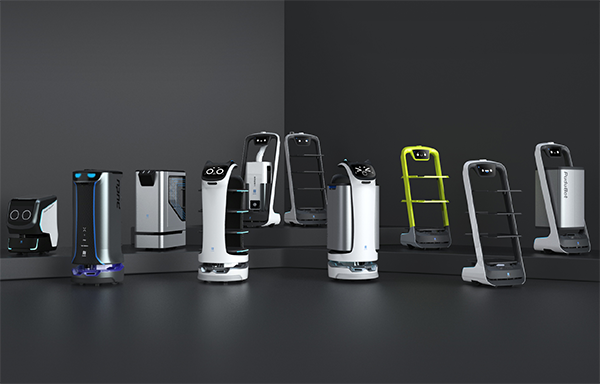
Found in Robotics News & Content, with a score of 7.57
…technologies that PuduTech has developed are robot positioning and navigation, motion control, multi-machine scheduling, and perception and obstacle avoidance. The autonomous mobile robot (AMR) provider said it has also worked on components, intelligent interaction, and simulation for testing. “Unlike many technology companies that 'hold a hammer to find nails,' Pudu's product capabilities are second to none in the industry,” claimed the company. Its product line includes the PuduBot and BellaBot delivery robots, the HolaBot for collecting items such as used dishes in bins, and the Puductor and Puductor 2 disinfection robots. “Since the outbreak of the novel coronavirus epidemic, 'contactless…
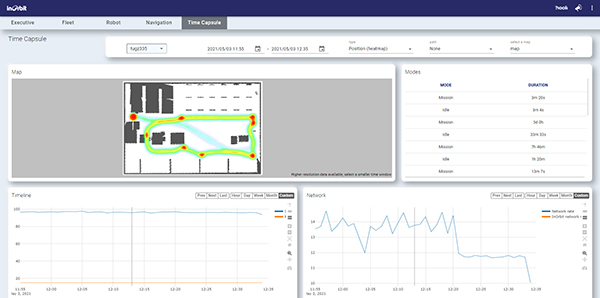
Found in Robotics News & Content, with a score of 6.51
…tools to set it on the right path. Robot navigation in Time Capsule full-screen mode. Source: InOrbit InOrbit provides data for improvement “As we’ve been preparing our introduction of a brand-new robot, InOrbit has been with us every step of the way in enabling targeted real-time observation that we have rolled out to our distributed team,” said Steve Croft, executive vice president of operations at Savioke. “On top of that, InOrbit is solving a critical need we have by bringing key data together for offline analysis as we continuously refine our technology.” “If the last year has taught us anything,…

Found in Robotics News & Content, with a score of 5.13
…Toyota Industries Corp. (TICO). “Third Wave’s use of dynamic navigation, advanced perception in high racks, and use of shared autonomy are on the forefront of autonomous vehicle technology.” 'Shared autonomy' with a human in the loop Union City, Calif.-based Third Wave Automation was founded in 2018 and provides autonomous systems for improved efficiency and throughput. The company said it has combined machine learning, computer vision, and robotics for “adaptive automation” and “shared autonomy.” After years of research and development, the company said it has integrated 3D perception and route-planning into intelligent materials handling vehicles that can be deployed rapidly and…
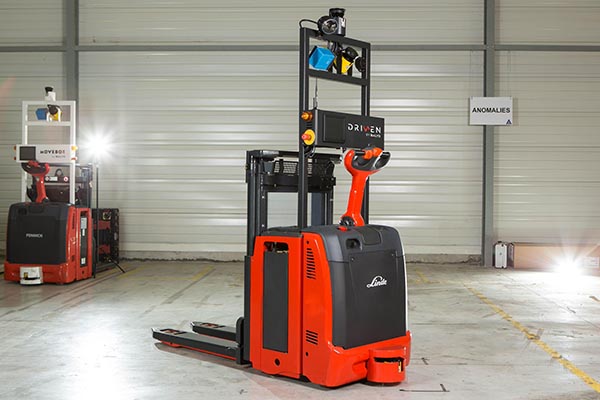
Found in Robotics News & Content, with a score of 12.60
BALYO SA, which has developed autonomous navigation systems for forklifts, today said it has signed a strategic customer agreement with Ouster Inc. to deploy Ouster's 3D digital lidar sensors in its robotic lift trucks. As part of the multi-year agreement, Ouster will supply its OS0 sensor to BALYO, adding functionality to BALYO's vehicles. “BALYO chose to work with Ouster due to benefits from the wide field of view and high resolution of its OS0 sensor, as well as a high level of reliability that justified our investment in increased levels of autonomy that will bring additional value to our innovative…
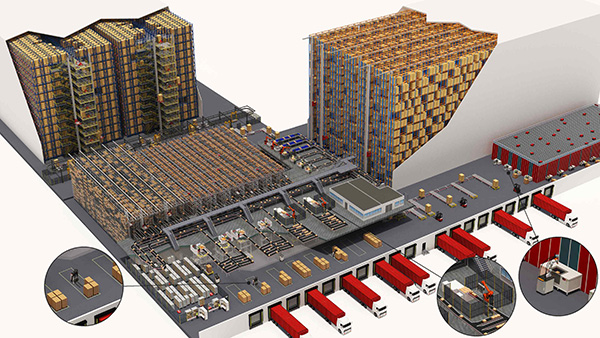
Found in Robotics News & Content, with a score of 23.77
…The main difference between these two lies in their navigation technologies. AGVs typically use rail navigation, magnetic tape navigation, or wire-guided navigation to move around a facility, meaning they follow a fixed path. They are most commonly used for the transportation of raw materials such as paper, plastic, rubber, steel, and metal. AMRs move around the facility autonomously. They do so using technologies such as lidar, machine learning, and the cloud, as well as vision-based navigation. Thanks to their flexibility, they are often used for repetitive tasks that were previously carried out by human workers. Certain mobile robots can also…
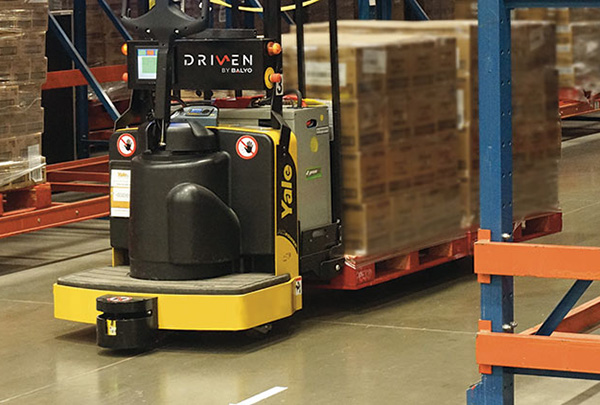
Found in Robotics News & Content, with a score of 2.74
…an operator on board, but it also has warehouse navigation and sensing technology to obtain task and location instructions from a warehouse management system, Ardito said. It can automatically take the vehicle and the operator to the correct location by the most efficient route. Such vehicles are less expensive than fully automated vehicles of the same type, but they carry some of the same benefits, such as use of route optimization and location accuracy, said Ardito. “For operations that aren’t yet ready to jump into a fully automated solution, or the application doesn’t justify full automation, a semi-automated vehicle provides…
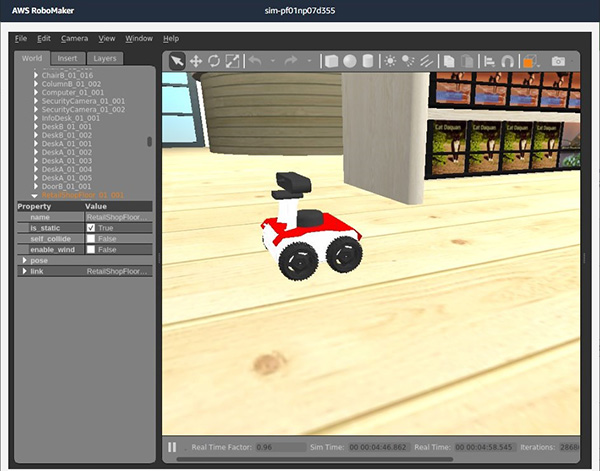
Found in Robotics News & Content, with a score of 15.23
…(Nav2). Nav2 “is the second generation of the ROS Navigation software stack, enabling robots to move autonomously from Point A to B,” wrote Matthew Hansen, principal solutions architect at AWS Robotics, in a blog post last week. “Nav2 includes new features not previously available in ROS that help developers improve the performance of their robot’s navigation and enables new robotics use cases within logistics, hospitals, or security.” Hansen answered the following questions from Robotics 24/7 about AWS RoboMaker and Nav2 support for ROS 2 Foxy: Can you briefly describe the new features in ROS 2 that Nav2 takes advantage of?…
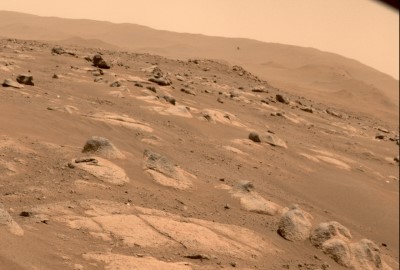
Found in Robotics News & Content, with a score of 8.19
…April 25. NASA took more pictures with Ingenuity's black-and-white navigation camera and its color camera. The agency said it plans to use some stereo images to create 3D imagery of the Martian surface. Now that Ingenuity has proven that that powered, controlled flight is possible in the thin atmosphere of Mars, its mission will shift. In a new operations demonstration phase, the drone will explore how aerial scouting and other functions could benefit future exploration of Mars and other worlds. Ingenuity to test capabilities This new phase will begin after the helicopter completes its next flight, said NASA. It decided…
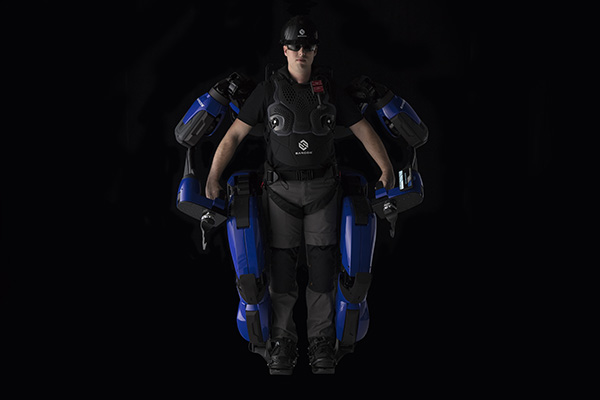
Found in Robotics News & Content, with a score of 3.57
…limiting factor. Another limitation is around teleoperation and autonomous navigation. You can overcome the power issue, but you still have the challenge of machines moving around in dynamic environments. With AMRs [autonomous mobile robots] and other types of machines that are wheeled, they're mostly deployed in highly structured environments, like warehouses. They can be programmed, but the artificial intelligence for managing deviations is not intended for highly dynamic, unstructured environments. In the case of Sarcos' powered exoskeletons, the robot is an extension of human capabilities. This is required for applications where human intelligence is required. We feel that human judgment…
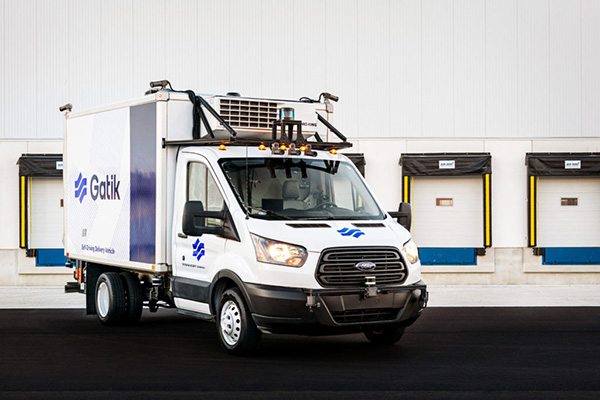
Found in Robotics News & Content, with a score of 7.33
…lidar sensors to support short-haul logistics with precise, reliable navigation. The sensors provide the range, accuracy, and resolution necessary for reliable autonomous logistics services, said Velodyne. Alpha Prime and Ultra Puck use Velodyne’s patented 3D surround-view technology to provide real-time object detection. They can detect and track vehicles, pedestrians, and other obstructions to help autonomous vehicles safely navigate at various speeds, traveling night and day in a range of road conditions such as rain, sleet, and snow, the company added. “Gatik is bringing autonomous delivery into the mainstream and creating significant efficiencies in supply chain logistics for retailers. It may…
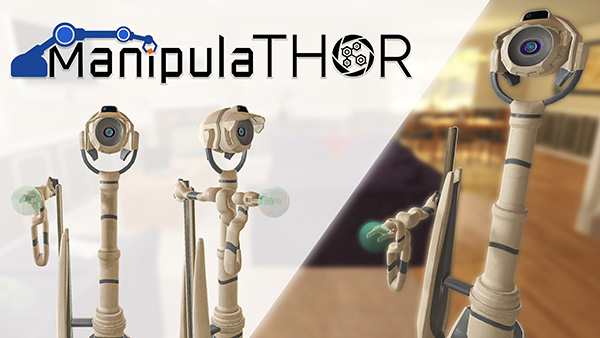
Found in Robotics News & Content, with a score of 15.18
…focuses on manipulation in complex scenes, joint manipulation and navigation planning, and generalization to unseen environments and objects. Safer, cheaper ways to train robots AI2-THOR is the first testing framework to study the problem of object manipulation in more than 100 visually rich, physics-enabled rooms, AI2 said. By enabling the training and evaluation of generalized capabilities in manipulation models, ManipulaTHOR could enable faster training in more complex environments in comparison with current real-world training methods. Simulation will also be much safer and more cost-effective, claimed AI2. “In comparison to running an experiment on an actual robot, AI2-THOR is incredibly fast…
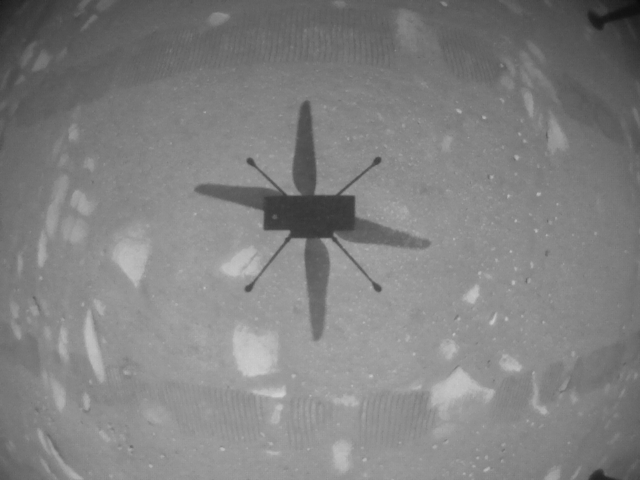
Found in Robotics News & Content, with a score of 4.76
…The latency required JPL's team to develop onboard guidance, navigation, and algorithms for fully autonomous control systems. Members of the NASA Mars Helicopter team inspect the flight model, inside the Space Simulator, a 25-ft.-wide (7.62 m) vacuum chamber at JPL on Feb. 1, 2019. Source: NASA JPL-Caltech First extraterrestrial flight Ingenuity first became airborne at 12:33 Local Mean Solar Time (Mars time)—when the JPL team determined that the solar-powered helicopter would have optimal energy and flight conditions. Its altimeter indicated that the autonomous drone climbed to its prescribed maximum altitude of 10 feet (3 meters) and maintained a stable hover…



